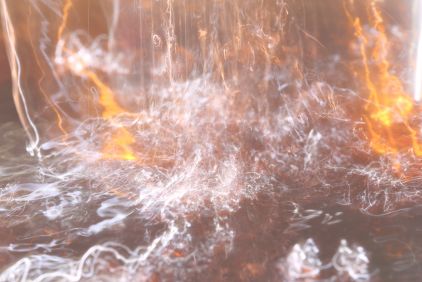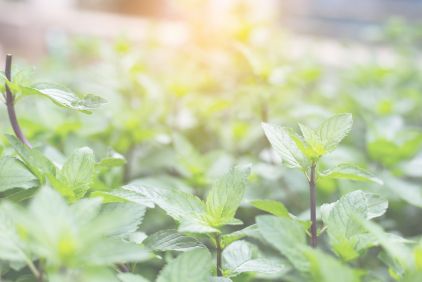Ayurveda, an ancient Indian art of living, is based on the idea that our health and well-being depend on a balance between body, mind and soul. At the heart of this philosophy are the three doshas: Vata, Kapha and Pitta, which influence our health and well-being. In this article, we'll focus specifically on Pitta.
What is the Pitta dosha ?
The Pitta dosha is one of the three Ayurvedic doshas. In Ayurveda, a dosha represents a life force or energy that is an integral part of our body. Each dosha is linked to a particular set of physical and psychological elements.
Pitta, governed by the elements of fire and water, is associated with bodily functions such as digestion, metabolism and regulation of body temperature. When Pitta is balanced, it promotes intelligence, understanding and contentment. However, its imbalance can lead to health problems (heartburn, ulcers, anemia, acne...) and emotional disorders.
The characteristics of the Ayurvedic Pitta profile

The Pitta-dominant Ayurvedic profile has specific traits, both physically and emotionally. Physically, Pitta people generally have an average, well-proportioned body, warm, sensitive skin, good digestion and a strong appetite. They are often athletic and have intense energy.
Emotionally, they are generally intelligent, focused and ambitious. They tend to be natural leaders with sharp minds. However, when the Pitta dosha is out of balance, it can lead to irritability, anger and jealousy.
How to balance the Pitta dosha ?
Balancing the Pitta dosha lies in harmonizing certain elements of our daily lives linked to the Pitta dosha. For example, we can influence Pitta through our diet and lifestyle habits. Here are some specific tips on how to achieve this.
Balancing the Pitta dosha through diet

Our diet plays a key role in maintaining doshic balance. To rebalance the Pitta dosha, we recommend giving preference to foods that are mild, refreshing and dry. Green leafy vegetables, soft fruits, cereals and legumes are particularly beneficial in calming it. In addition, it's best to avoid spicy, acidic or salty foods, which can potentially exacerbate it.
Gentle exercises to balance the Pitta dosha
Another crucial aspect of balancing the Pitta dosha is physical activity. Gentle, soothing exercises such as yoga or walking are ideal for maintaining its harmony. It's important to focus on activities that relax the mind and body without causing overheating or excessive tension.
Integration of relaxation routines to support the Pitta dosha

Stress and tension can unbalance the Pitta dosha. So it's crucial to incorporate relaxation routines into your daily life. Whether through meditation, reading a book, listening to music, or simply spending time in nature, it's essential to take time each day to relax and recharge. What's more, adequate sleep is essential to support the Pitta dosha and maintain the balance of body and mind.
The role of the Pitta dosha in Ayurveda
The Pitta dosha plays a key role in the functioning of the body and mind in Ayurveda. It is at the heart of our digestion, metabolism and ability to understand and process information. Properly balanced, it helps us feel energetic, focused and satisfied.
Conversely, Pitta dosha imbalance can lead to health problems (indigestion, skin problems, eye tension...) and emotional difficulties. It is therefore essential to be aware of our Ayurvedic constitution and the ideal balance between our doshas to maintain good health and general well-being.
Doshic balance : a journey towards harmony
Understanding your Ayurvedic constitution can be a valuable step towards caring for your health and well-being in a more conscious and personalized way. By learning about your birth doshic balance, your Prakriti, you can begin to work with your body, rather than against it, to regain or maintain this initial balance and promote optimal health.

For a good balance of the Pitta dosha, practice gentle activities, eat healthy, sweet and refreshing foods, and stay relaxed. Certain Ayurvedic plants can also be of great help if you are experiencing Pitta disturbances, such as Centella Asiatica, Arjuna, Amalaki, Boswellia, Vidanga, Tulsi, Guduchi...










